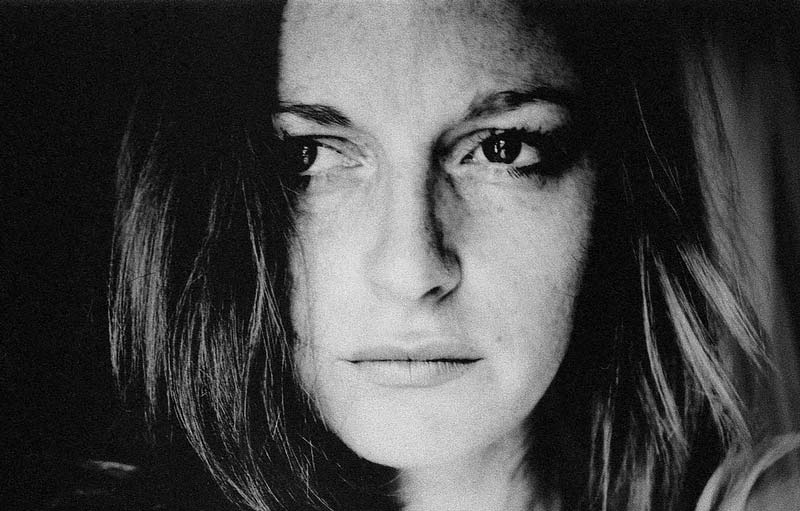Graduated from the Sorbonne and the University Paris X in Literature, Human Sciences and Visual Anthropology (Formation de Recherches Cinématographiques created by Jean Rouch) after studying photography, video and graphic design, she joined the International photojournalism festival Visa pour l'Image Perpignan in communication and coordination.
In 2016, she is also responsible for the creation of the art book fair FILAF ARTBOOK FAIR within the FILAF festival as well as the curating of the exhibitions A L'Italia by Carine Brancowitz and Before Landing by Michel Houellebecq in Perpignan.
Passionate about film photography but also after having assisted various fashion and reportage photographers and contributed to various audiovisual creations, she decided to join a traditional photography laboratory in Paris, which offers more particularly the realization of large formats in order to revive the practice of printing and its processes.
Eighteen months ago, she set up her own laboratory in Seine et Marne in order to carry out a more experimental and personal photographic work, that she has been pursuing for about fifteen years.
In 2019, she participates in the group exhibition Le Rêve d'un mouvement in Paris with Gilles Roudière, Damien Daufresne, Stéphane Charpentier, Grégory Dargent, Frédéric D. Oberland and Gaël Bonnefon and presents her solo exhibition Sweet Surrender in Arles during the month of July with the Bergger group.
Statement
"My photographic work is long-term and develops around a personal project: to capture images that revolve around my life, intimate experiences and, from these photographic episodes were born portraits, self-portraits, imprints of existence. It is an abandonment where bodies and faces waver in obscure clarity, plunge into dazzle, navigate between interior and exterior spaces, loneliness and erasure from the world. In this universe, a feeling of sweet melancholy often emerges around themes such as energy, destruction, dealing with both the eternal and the ephemeral, disappearance and metamorphosis. These are trembling moments, a collection of images with fleeting, spectral visions, sprinkled with imperfections just as in our daily lives or in our dreams. There remains a disturbing strangeness, a subjective territory, trying and pensive, where the eyes are closed, frozen, elusive..." -- Elisa Migda
